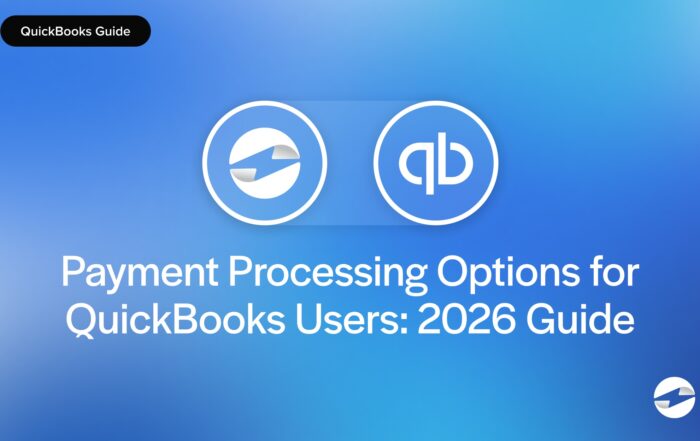What is a basis point?
A basis point is a unit of measurement used in finance to describe changes in interest rates, yields, or percentages. One basis point equals 0.01% or one-hundredth of a percent. Financial professionals use basis points to avoid confusion when talking about small percentage changes—especially when dealing with interest rates, fees, or investment returns. Instead of saying “a 0.25% increase,” they’ll say “a 25 basis point increase”.
Key Points
- A basis point is 0.01%. It’s a precise unit to measure small changes in interest rates, yields, or percentages.
- Using basis points avoids confusion. Saying “50 basis points” is clearer than “0.5%” because it always means an exact change.
- They’re used everywhere in finance. Basis points are used in banking, investing, and reporting to communicate changes accurately.
What is a basis point?
A single basis point is equal to 0.01% or 0.0001 in decimal form. So, 10 basis points would be 0.10%, 50 basis points would be 0.50%, and 100 basis points would be a full 1%. It’s a way to talk about small changes without getting lost in the decimal places.
How to calculate a basis point
To calculate a basis point, take 0.01% of the value you’re working with. For example, if you’re applying one basis point to a $100,000 loan, you’d calculate 0.01% of $100,000—which is $10. To convert basis points to a percentage, divide the number of basis points by 100. To convert a percentage to basis points, multiply by 100. (0.75% is 75 basis points.)
Why use a basis point instead of a percent?
Using basis points removes ambiguity. If someone says an interest rate went up by 0.5%, it’s not always clear whether that means it increased by 0.5% of the current rate or to 0.5%. Saying “50 basis points” leaves no room for misinterpretation—it always means the rate changed by exactly 0.50%. That’s why basis points are used everywhere in banking, investing, and financial reporting.
You May Also Like
Read More
Read More
EBizCharge Listed as a 2025 Construction Executive Top Construction Technology Firm
Read More



